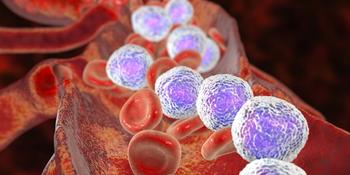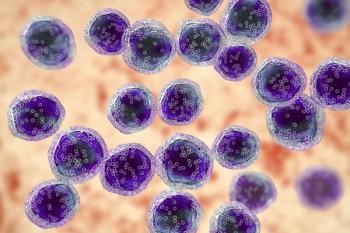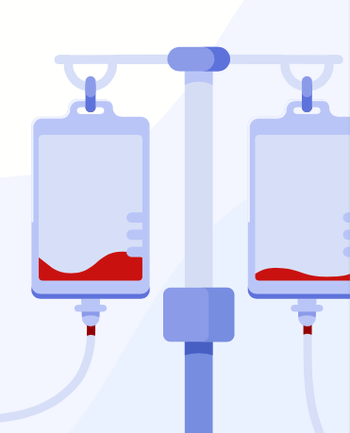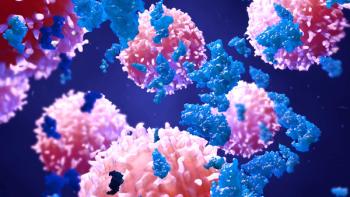
It’s always best to have a team of people, whether friends or family, rooting us on as we face whatever challenges come our way.

It’s always best to have a team of people, whether friends or family, rooting us on as we face whatever challenges come our way.

Over the past decade, advances in both diagnostics and therapeutics in a variety of blood cancers have turned certain diseases into chronic conditions.

Patients with chronic myeloid leukemia are living longer, some even stopping treatment, thanks to a plethora of targeted therapies.

As part of its Speaking Out video series, CURE® spoke with Dr. Steven M. Horwitz on behalf of the Cutaneous Lymphoma Foundation about cutaneous T-cell lymphoma and options for treatment.

Oncologists and researchers are racing to identify new therapies to help better treat a rare form of acute lymphoblastic leukemia.

A meta-analysis found that minimal residual disease positivity after a particular treatment for mantle cell lymphoma can predict worse survival benefit.

The NCCN has updated its recommendations for chronic lymphocytic leukemia and small lymphocytic lymphoma to now include Brukinsa as a first- and second-line therapy in a subgroup of patients.

Blood shortages during the COVID-19 pandemic have forced cancer centers to get creative to ensure patients with hematologic malignancies are able to get transfusions in a timely manner.

Navigating the scary path of a cancer caregiver possibly becoming the patient with cancer.

This treatment strategy contributed to a median progression-free survival of 13.93 months compared with 9.46 months in those treated with Velcade and dexamethasone.